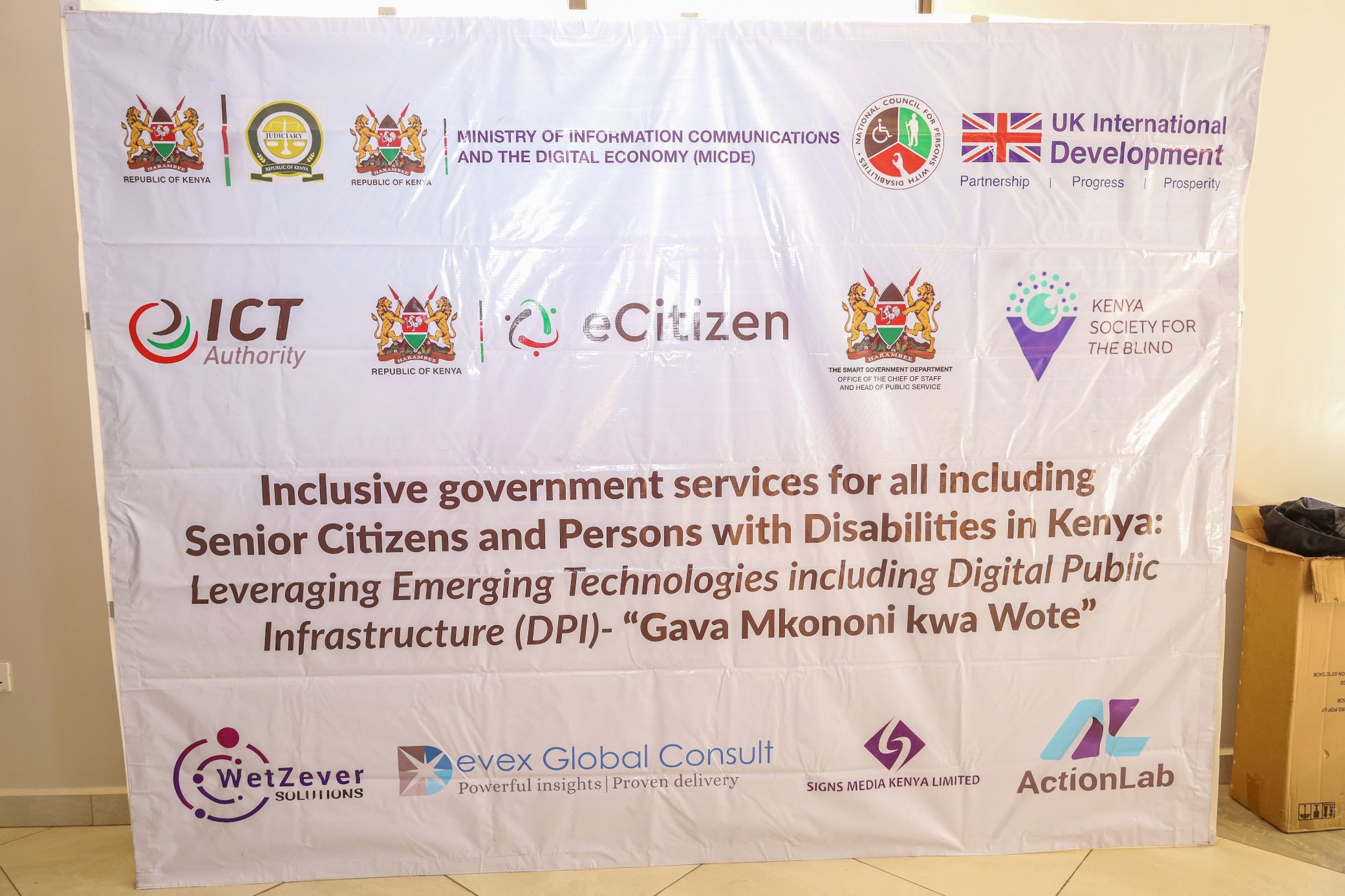Safaricom to Roll Out 5G Network In Nairobi and Western Kenya From Friday
After carrying out successful tests and trials in 2020, Safaricom will this Friday launch the first 5G network in the country. The rollout will target urban centres in Nairobi, Bungoma and Kisii which have been identified as areas with the highest internet user traffic.
Safaricom’s 5G technology will be supplied by both Nokia and Huawei, despite the latter’s sanctions in western countries.
“Safaricom will be the first operator in East Africa to launch 5G services and will be showcasing the capabilities of the network with the aid of Huawei and Nokia’s technologies,” Safaricom said while inviting the Press.
The launch is in line with Safaricom’s efforts to expand its data business to counter the saturated voice call market.
Subscribers who wish to enjoy faster download and upload speeds on the 5G network will be required to get new handsets that are compatible with the network. A number of phone manufacturers including Oppo, Samsung, and Apple already released 5G-ready smartphones which are available in the market.
According to the chipmaker, Qualcomm, 5G download and browsing speeds are 10 to 20 times faster than the current 4G network. This means users can download high-definition movies in under a minute, watch mobile videos instantly with no buffer and enjoy clearer video calls. Mobile gamers are also set to benefit from the network’s low latency which will allow for better performance and faster navigation.
Safaricom is seeking to focus more on the growing mobile internet use in the country. In Quarter 3 2020, Kenya recorded 58.9 million mobile subscribers with 42.8 million connected to various mobile data subscriptions. Data from the Communications Authority of Kenya (CA) shows that Safaricom commands the market with 38.144 million subscriptions recorded in Q3 2020.
Safaricom unveiled its 4G network in December 2015 and has since grown its data revenue from Sh17.9 billion in 2015 to Sh49.6 billion in 2020. The telco said it was targeting 80 percent of the population and erected 5,000 base stations across the country.
Tags: Safaricom 5G
Related
Share this article
Unregistered Staff and Guest Writers: This account will no longer post articles. We appreciate your past engagement and invite you to stay connected with us!
View articles


